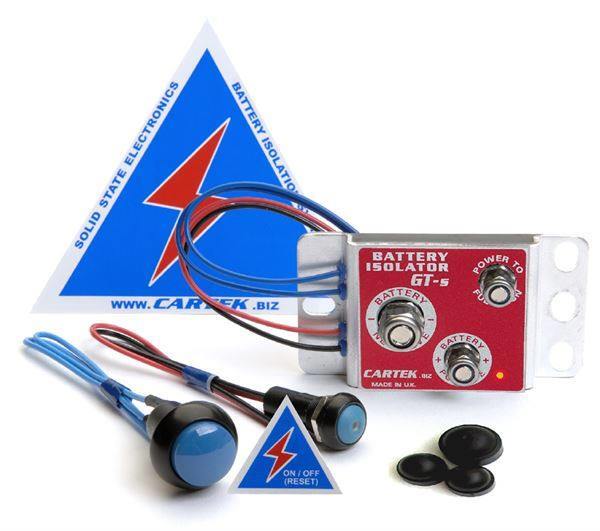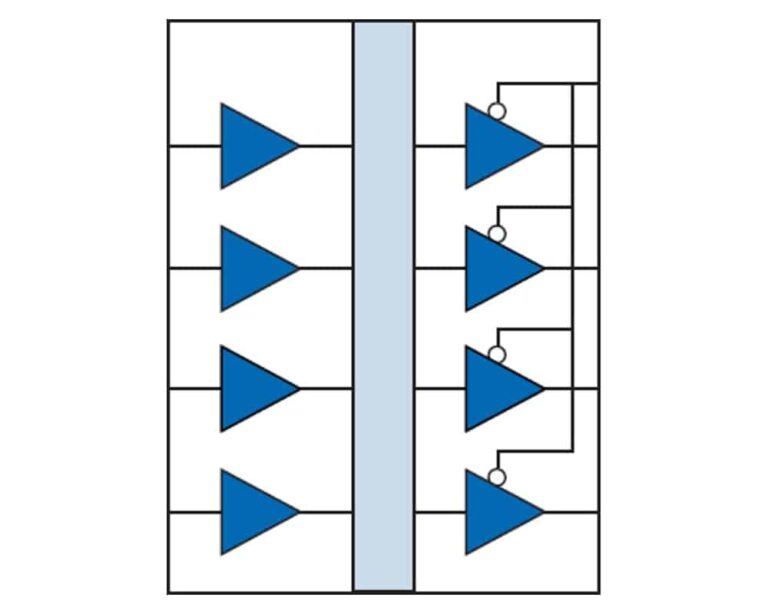
- #ALTERNATIVE TO OPTICAL ISOLATOR SERIAL#
- #ALTERNATIVE TO OPTICAL ISOLATOR SERIES#
current (similar to the optocoupler), depending on the part number.
#ALTERNATIVE TO OPTICAL ISOLATOR SERIAL#
110/240VAC to 12VDC power supply adapter is includedįor alternative RS232 isolation solutions please see our full selection of serial converters and isolators. 80 M to 1,000 M gap between the LED and optical receiver die) and a transparent.
Power supply and serial cables includedĮxternally powered by 9 - 18 VDC power supply. Two 4-feet M/F Serial cables and one 110/240VAC to 12VDC power supply adapter is included with each isolator.Īn all-round solid serial RS232 isolator ideal for most industrial environments and applications. Standard DB9 connectors allows easy connection of any standard DB9 serial cable. The power supply is galvanic isolated from the rest of the isolator which ensures noise or surges from the power supply enters the isolator this gives an additional level of isolation.īaud rates of 300 to 115200bps and indication LED lights for TX, RX and Power makes this isolator easy to use and compatible with most serial devices. This isolator must be powered by an external 9 to 18 VDC power supply. High-speed 6N137 opto-couplers from Fairchild Semiconductor is what ensures protection and high performance in this isolator. Static electricity and other high voltage surges is protected against for up to 15KV. Optical isolation for up to 2500 Vrms and continuous 500VDC ensures effective protection against voltage spikes and surges and ground loops. Safety always trumps cost and should be your primary concern.What we have here is a high-speed industrial grade RS232 optical isolator which provides isolation for all 8 communication wires. This produces a more accurate measurement with a wider bandwidth. Since the AtoD is upstream of the isolator, the quantization noise of the isolator does not have to be considered. The AtoD is isolated from the MCU using the digital isolator. Typical front end is usually some type of filter circuit followed by an opamp, and then AtoD. I've personally used digital isolators for CAN bus, I2C, and SPI. Digital isolators are plentiful and cheap. The small input range has usually been an issue for me so I haven't tried this approach although it could work. It depends on the accuracy you are trying to achieve. This may or may not be an issue for your application. Also gain may vary from channel to channel. Although you can divide down the input signal using precision resistors, signal to noise ratio will be impacted. The really cheap isolation op amps are usually intended for measuring current across a shunt and have a small input range. Since you are measuring an AC signal, you may have to use a seperate AtoD. 
Many MCU AtoD's cannot handle any voltage below 0V. It does have limitations such as bandwidth and offset voltage that have to considered. An ISO124 is not a cheap part ($19.85) but it is tried and true.

#ALTERNATIVE TO OPTICAL ISOLATOR SERIES#
The front end was typically a differential op amp with several large resistors in series with the inputs with protection diodes followed by an ISO124 for galvanic isolation. In older products, isolation was usually done in analog space. Both work but I usually prefer digital isolation. To answer the original question which was about cost. They also determine the amount of isolation required.

Say a resistor or diode in the design fails short, does your design start a fire? If something did catch fire, could the fire spread out of the box? Could someone be shocked by touching the box if a wire came loose? These are things you have to think about before trying to measure mains voltage. When making decisions about required isolation, you have to consider the environment(lab bench, outside, can it get wet?), the enclosure, clearance distances, and what happens when things go wrong at a minimum. That document covers many of the basic tests required. There should also be some way to limit both current (fuse) and voltage (TVS or MOV) on each line.ĭepending on your plans for this application and where you intend to sell it, you will likely have to go through some type of UL or CE certification. As a general rule of thumb, AC mains voltage should always be isolated by a transformer or some type of isolation device.







 0 kommentar(er)
0 kommentar(er)
